5 Animals Brought to the Americas by Europeans
Key Points
- Europeans led by Christopher Columbus first arrived in the New World on October 12, 1492.
- Spanish colonists claim the greatest responsibility for the introduction of new and domesticated animals to the Americas.
- Most of the animals brought to the Americas by Europeans have been domesticated and are used for agricultural purposes.
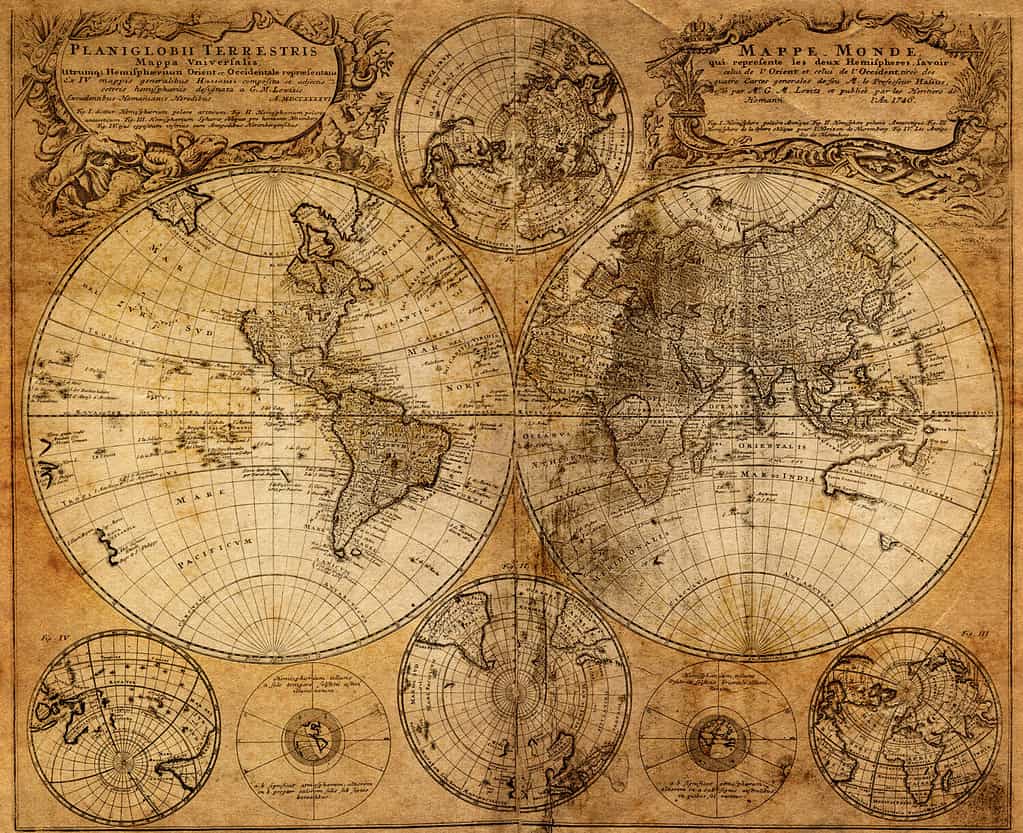
©Triff/Shutterstock.com
When Did Europeans Arrive in America?
The first arrival to America by Europeans occurred on October 12, 1492 when Christopher Columbus set foot on the island of San Salvador. At the time of Columbus’s arrival, he knew little about the indigenous people in the region. In fact, Columbus believed he had traveled to the country of India.
Columbus recorded various indigenous words in his notes as he explored the New World. The first word he recorded was “canoa” or canoe. This instance of language contact started an incredible exchange of goods, language, plants, and animals. Thus, as Europeans continued to settle in the Americas, they brought various animals to the region, too.
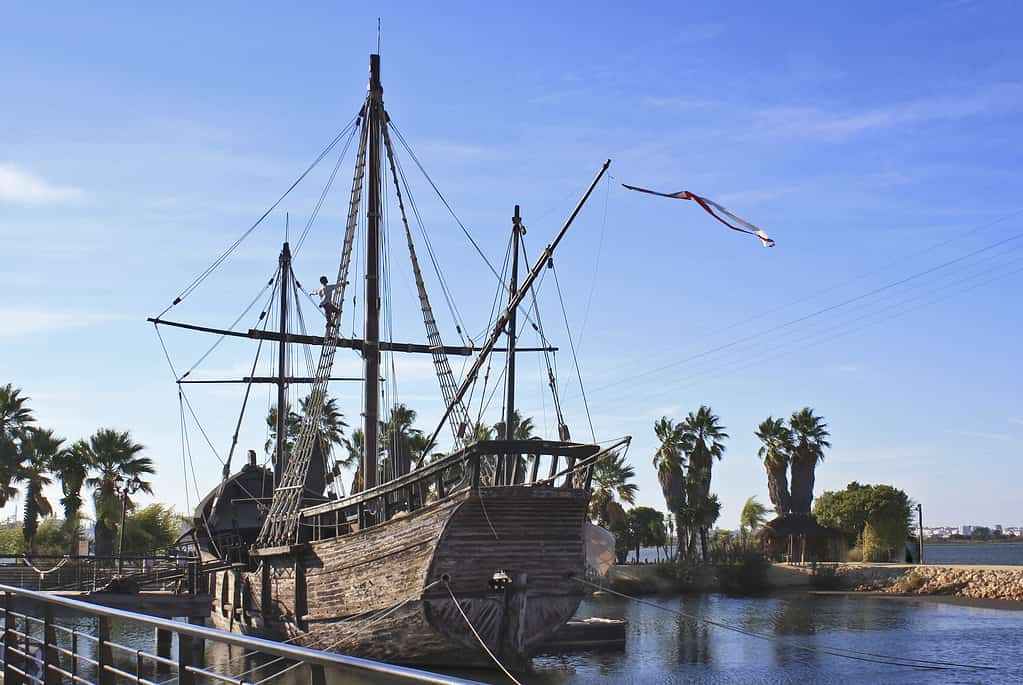
©McXas/iStock via Getty Images
5 Animals Brought to America by Europeans
While several animals have spread to the New World and beyond from European countries, five main ones have left the greatest impact on the Americas through their cultural and agricultural significance. Below describe the top five animals brought to the Americas by Europeans.
#1 Horses
The introduction of horses to the Americas has been highly debated. While the common belief claims that horses came to the Americas in the 16th century with conquistador Hernán Cortés, others contend that Native Americans had domesticated the horse before European arrival. Some records from indigenous groups and archeological remains signify that horses were present in the western United States in the early 1600s before Europeans had explored the region.
How could horses be present before European settlement? The most likely explanation is that horses were introduced by the Spanish to Native Americans when Cortés arrived in Mexico. From there, multiple indigenous groups began to use horses and pass them northward to other groups in the present-day United States. Additionally, many archeological remains and carbon dating data demonstrate Spanish lineage in the horses. In sum, most people agree that the Spanish brought horses to the Americas.

©Zbynek Pospisil/iStock via Getty Images
#2 Pigs
Like horses, pigs were also introduced to the Americas through the Spanish. However, pigs did not come to America through Hernán Cortés. Rather, Hernando DeSoto, discoverer of the Mississippi River, brought pigs to the present-day southeastern United States in the 1500s. While DeSoto’s introduction of pigs into the Americas was for domestication and agricultural purposes, wild pig populations were also established. Certain farming practices coupled with escapes by pigs from enclosures resulted in the establishment of feral pigs in the U.S.
The new population of feral, or wild, pigs in the U.S. was made more complex through the introduction of Eurasian wild boars in the 1900s. When Eurasian boars and the feral hog population already established in the Americas began to mix, the two types of pigs produced a feral hog population often referred to as “Super Pigs.” Super pigs are a non-native and invasive hybrid pig species found primarily in Canada that threatens the ecological stability of various habitats through disease, rooting behavior, and destruction of agriculture.
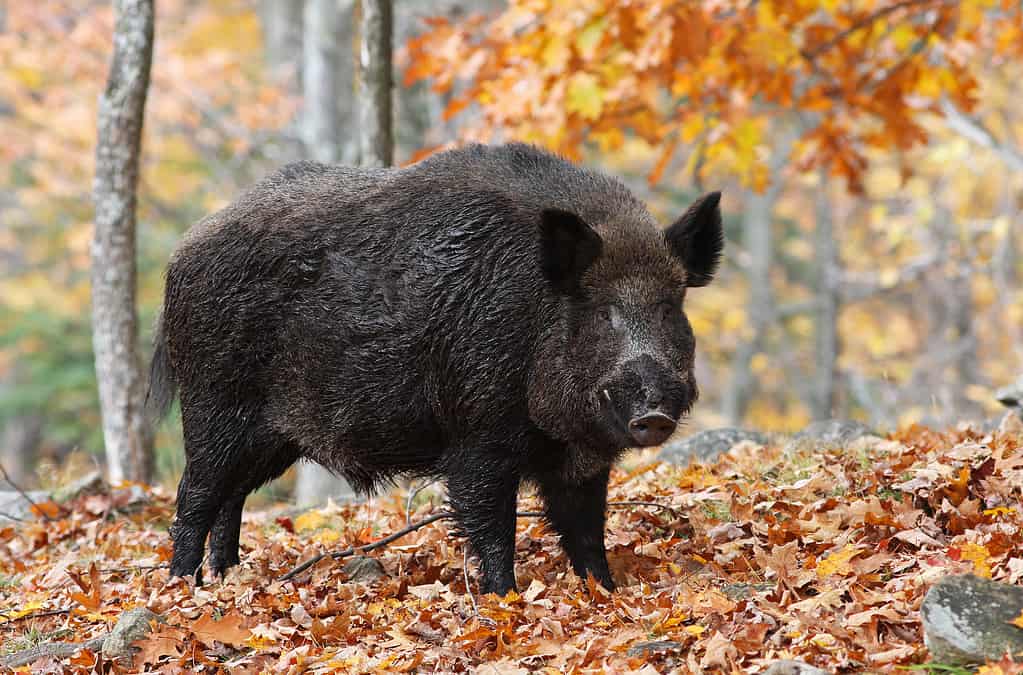
©Mircea Costina/Shutterstock.com
#3 Cattle
Christopher Columbus first brought cattle to the Caribbean in 1493. Over the next two decades, the Spanish brought more cattle from Europe with each journey to the Americas. Eventually, the Spanish introduced cattle to regions other than the Caribbean, including both North and South America. By 1640, colonists had stopped bringing herds of cattle to the Americas and traded livestock domestically.
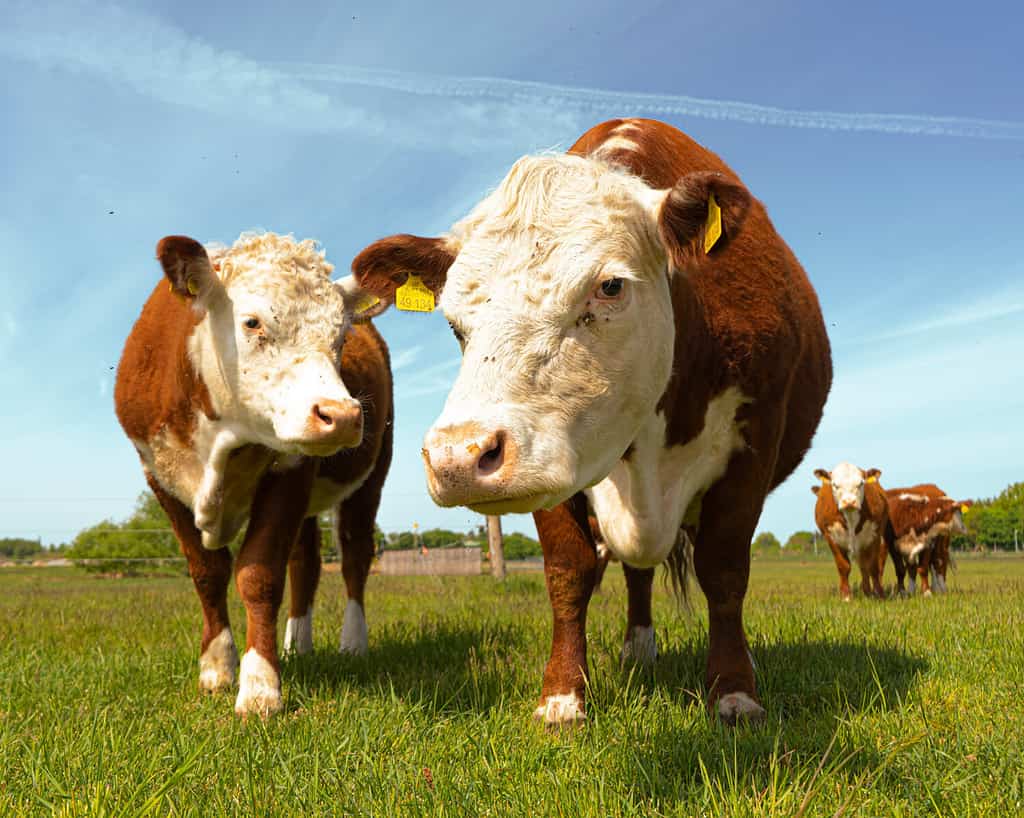
©247 FILM/Shutterstock.com
#4 Sheep
Columbus also brought sheep to the New World in 1492. While sheep had been brought across the Atlantic Ocean as a food source for the Spanish explorers, they also found their home in Cuba and Santo Domingo, which is the capital city of the Dominican Republic. After sheep were introduced to these two islands by Columbus, Hernán Cortés also brought sheep to Mexico in 1519.
The sheep introduced to Mexico, and later to the western United States, by Cortés were the offspring of Columbus’s original Cuban and Dominican sheep. Additionally, the oldest breed of sheep in the U.S. is called the “Churro.” Churros are often raised by the Navajo indigenous people group in the U.S. Furthermore, another present-day sheep breed related to the Spanish sheep is the Gulf Coast Native sheep, also known as the Florida Native sheep.
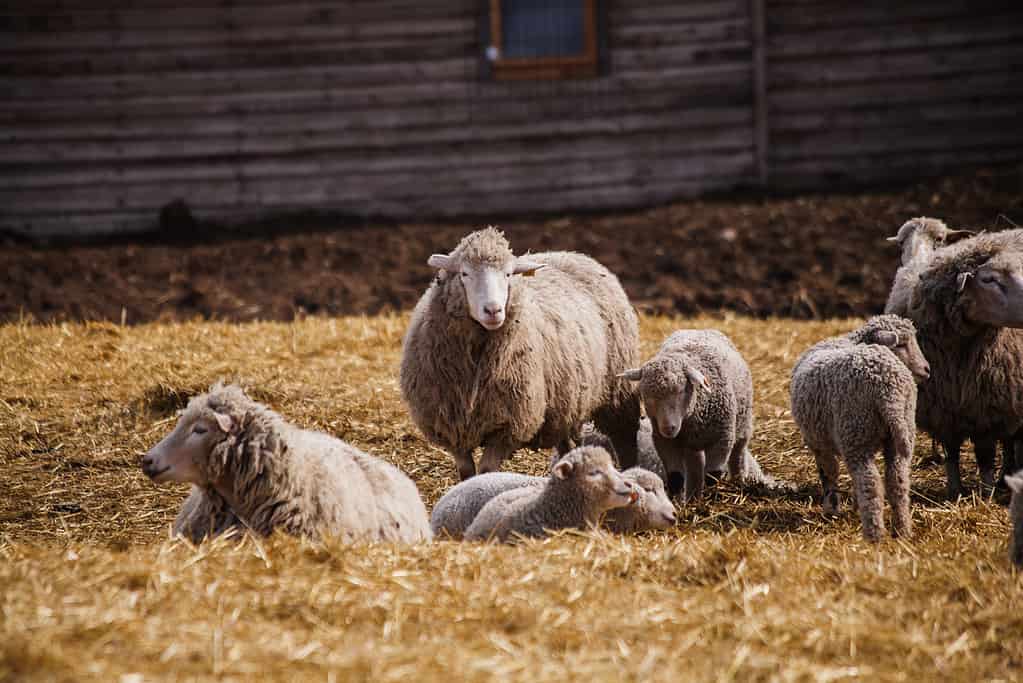
©Vladimir Mulder/Shutterstock.com
#5 Goats
Goats first appeared in the Americas during the 17th century. Goats were introduced by both Spanish church leaders and explorers. The first introduction of goats to the U.S. resulted in the creation of two breeds recognized today. The first goat breed deriving from the Spanish clergy and conquistadors is the Spanish goat of Texas, and the second group is the Lamancha breed of California.
As Europeans from other countries gained interest in the United States, they brought their goats, too. In the 18th century, English settlers brought goats to the eastern U.S. The 19th century, on the other hand, saw the first introduction of Angora goats, whose population has declined significantly since their introduction. Dairy goats found themselves in the U.S. between the 19th and 20th centuries. Finally, the late 20th century saw the introduction of Kiko and Boer goats.

©DonnaA Country Photos/Shutterstock.com









